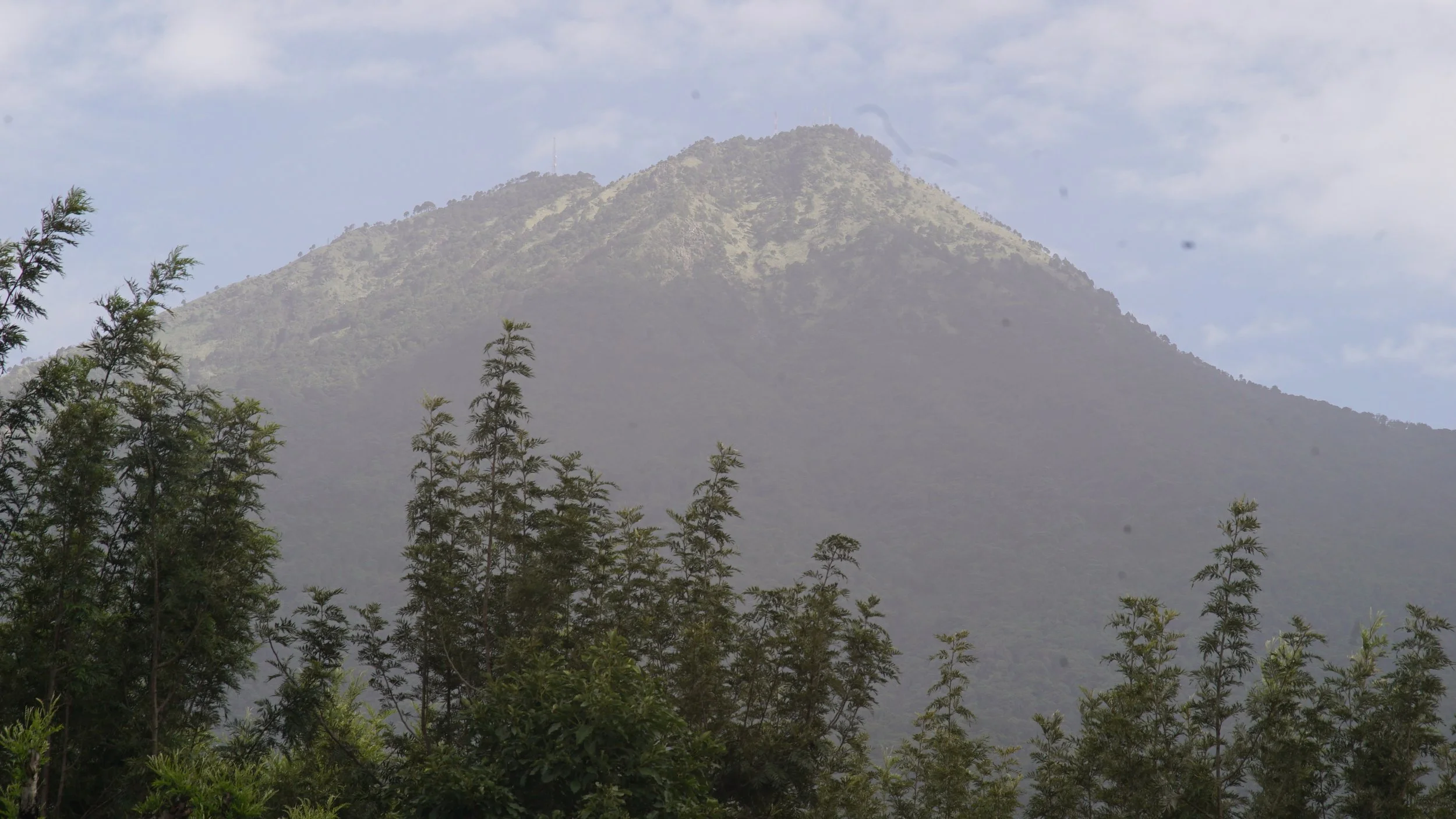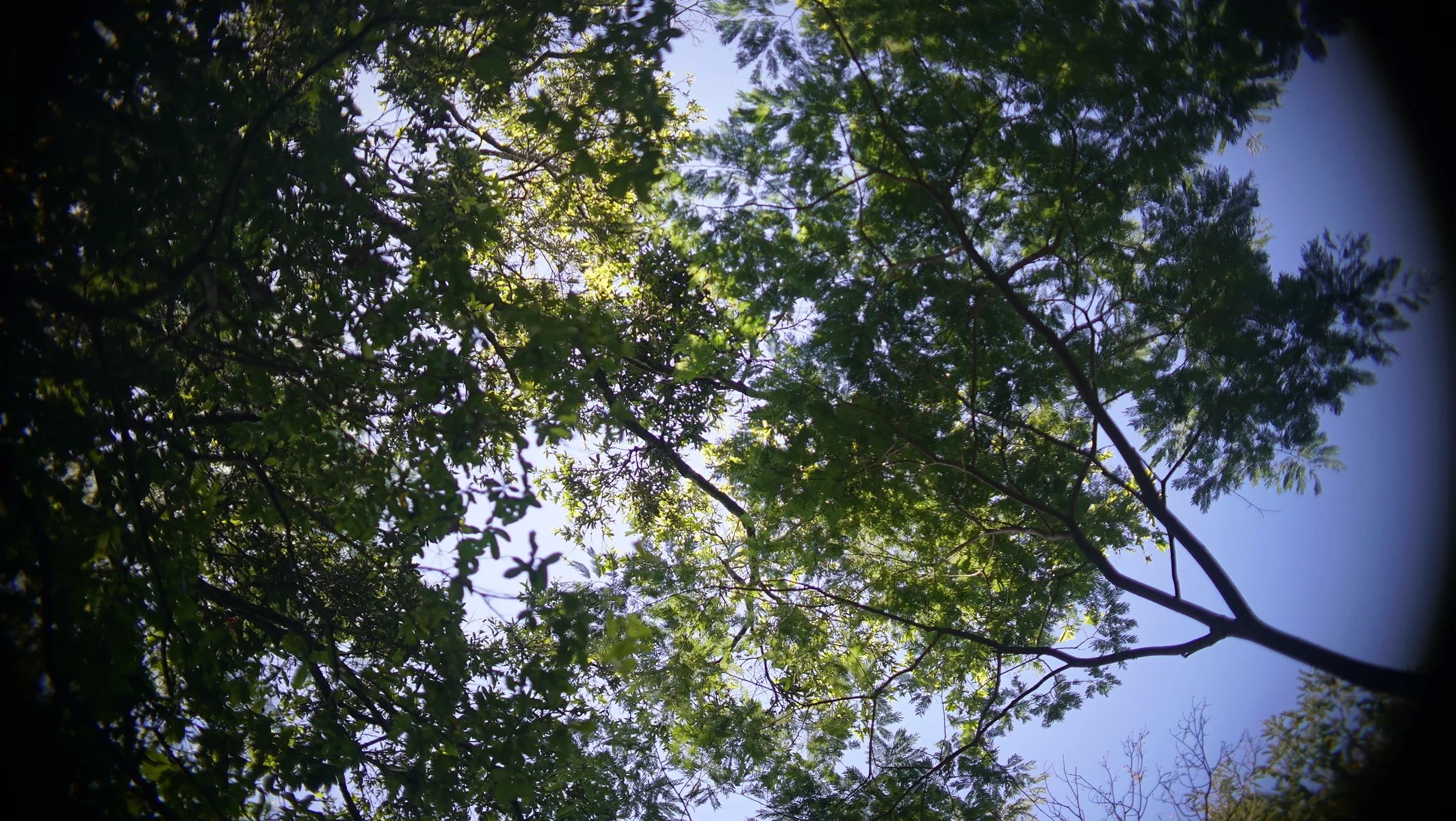THAT 12,600 ha NATURE RESERVE IN YOUR BACKYARD
My brilliant and lovely Nordic wife grew up walking forest trails and conifer woods under snow-dusted skies. In her country, they have a law called Allemansrätten—the freedom to roam. It’s not just a rule, it’s a worldview: people have the right to walk the land, cross rivers, rest in a field, and breathe freely without permission. It’s understood as a human right—to move, to explore, to belong to the land as much as it belongs to you.
Guatemala is different. Here, we fear each other’s presence. You can see it in our architecture—three-meter-high walls slicing up every scrap of land, as if freedom were a threat. We guard our space like it’s always under siege.
I miss that freedom. That quiet trust between strangers. But then I look at where we are now—on the slopes of Volcán de Agua, living off-grid—and I realize we’ve stumbled onto something rare. Maybe even sacred.
Our homestead backs into a 12,600-hectare nature reserve—a mountain of cloud forest, ancient ravines, and untamed ridgelines. That’s 125 million square meters of wild land. A lifetime of discovery. No turnstiles, no parking meters, no curated trails or QR codes. Just raw, breathing Earth. It’s the greatest inheritance I can pass to my children—a life outdoors, where awe is just outside the gate.
Up here, life is slow. The land still listens. Our neighbors are farmers, old friends, people who speak with their eyes and walk with quiet dignity. You’re free to roam the trails that wind through coffee groves, avocado trees, towering stalks of corn, and sweet potato gardens. And when you meet someone on the trail, all you need is “Buenos días” and “Con permiso.” That’s it. No apps, no contracts. Just old codes of respect.
And people like that. They’re glad to see you walking, breathing, being part of it.
To the east, trails lead from San Pedro las Huertas to San Juan El Obispo, then farther south to Santa María de Jesús. To the west lies Ciudad Vieja, Alotenango. And to the north, just twenty minutes by foot, is Antigua Guatemala—beautiful, thriving, and increasingly disconnected from the land that sustains it.
Volcán de Agua—or Hunahpú, as it was called long before the conquistadors came—rises 3,766 meters into the clouds. And up past the last plantation, where machetes stop cutting and the jungle begins, the mountain breathes in full. There, the biodiversity is staggering. Pumas, coyotes, ocelots. Pizotes and rabbits. Owls, hawks, eagles. Frogs that sing. Bats that chatter. Roadrunners, woodpeckers, species no one’s named. If you want to understand true wealth, you don’t need a brokerage account—just sit and listen up there for ten minutes.
This is transgenerational capital. Nature is a kind of inheritance. Not the kind that gets taxed or counted on spreadsheets, but the kind that builds strong children and humble men.
Of course, it’s not Disneyland. There are risks. Crime has occasionally found its way to the slopes—especially near Santa María de Jesús and parts of San Juan El Obispo. But the rest of the mountain remains largely untouched and safe. The remoteness protects it. And that, too, is a kind of blessing. Less foot traffic means less damage. Fewer broken bottles, fewer selfie sticks, more silence.
Few people can say they live with the land like this. Fewer still treat it as the miracle it is. This mountain deserves reverence. It deserves to be walked quietly, replanted where it’s been stripped, and protected from the chainsaws and subdivisions clawing at its edges.
Because up here, the spirit of exploration still lives. Every finca, every granja, every tiny cornfield hides secret trails. Some of them lead to forgotten waterfalls. Others vanish into the mist. They’re not mapped. They’re not monetized. And they don’t need to be.
Two hundred years ago, to explore was to live. To follow a trail was a kind of prayer. But modernity has paved over the sacred. Our cities sprawl out like infections—loud, sterile, disconnected. We’ve become strangers to the Earth beneath our feet.
But Hunahpú still holds its secrets. You just have to climb above the cloud line to remember who you really are.

